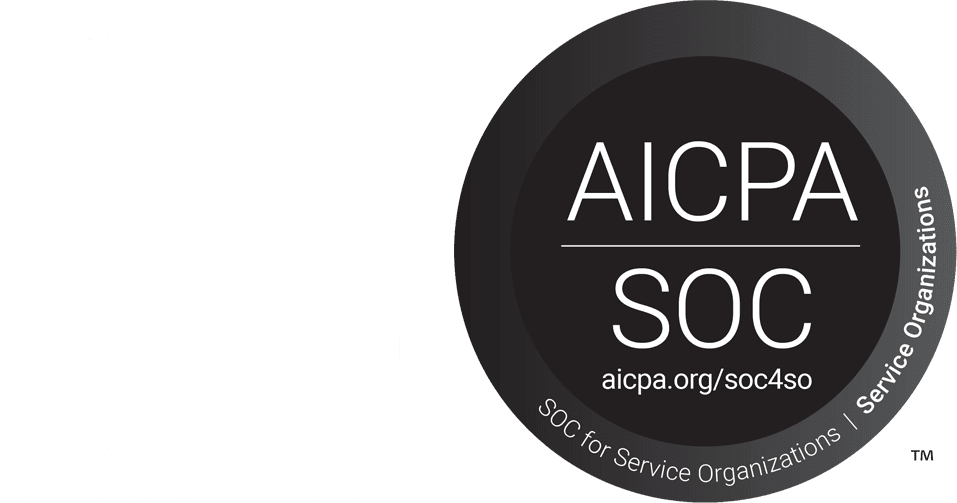Revolutionizing Cardiac Nuclear Medicine: From Disconnection to Integration
Cardiac nuclear medicine offers critical value in managing heart disease by providing precise, non-invasive imaging that helps assess blood flow, detect blockages, and evaluate heart function. These insights guide treatment decisions, monitor therapy effectiveness, and improve patient outcomes, making it an essential tool in optimizing heart disease care.
In high-stakes environments like cardiac care, efficient workflows are essential for delivering timely, accurate diagnoses and treatment. With heart disease being a leading cause of mortality, any delays or inefficiencies can directly impact patient outcomes. Streamlined processes ensure that critical information is readily available, reducing the risk of errors and enabling faster decision-making, improving patient care, and saving lives.
Current State of Cardiac Nuclear Medicine Workflows
Disparate systems in cardiac nuclear medicine —such as imaging modalities, quantification software, stress testing equipment, and reporting tools—create fragmented workflows that significantly hinder efficiency for several reasons:
- Data Silos: Each system often operates independently, leading to data being trapped in silos. Nuclear cardiologists may struggle to access comprehensive patient information and exam data when it is spread across different platforms. This lack of integration can result in delays in diagnosis and treatment as healthcare providers spend valuable time retrieving and correlating information from various sources
- Manual Data Entry: Fragmented systems typically require manual entry of data from one system to another. This not only increases the workload for the nuclear cardiology staff but also heightens the risk of human error, which can compromise the accuracy and lead to misdiagnoses or inappropriate treatment plans
- Inefficient Communication: Disconnected systems create barriers to communication among healthcare teams. For instance, if imaging results are not readily available to referring physicians or specialists, it can delay treatment decisions. Efficient workflows rely on seamless communication, and fragmented systems disrupt this vital process
- Delayed Reporting: The reporting workflow becomes cumbersome when data must be manually compiled from multiple sources. This often results in longer turnaround times for patient reports, which can impede timely clinical decision-making.
Overall, the integration of these disparate systems into a cohesive, streamlined workflow is essential for enhancing efficiency, reducing errors, and improving patient care in cardiac nuclear medicine.
The Evolution of Cardiac Nuclear Processing Software
The landscape of cardiac nuclear processing software has seen significant advancements, leading to faster and more precise image analysis. Modern systems utilize enhanced algorithms and improved hardware capabilities that allow for high-quality imaging with greater detail and clarity.
However, despite these technological strides, notable gaps persist in integrating processing software with data and reporting systems. Many facilities still rely on disparate systems that operate independently, resulting in fragmented, manual, and time intensive workflows.
The Case for a Structured Reporting Solution
As cardiac nuclear medicine advances, the demand for streamlined workflows grows. Traditional reporting methods often lead to inefficiencies that can hinder patient care. Implementing a structured reporting solution can revolutionize this process through:
- Automation and Integration: Structured reporting offers a transformative approach to workflow efficiency in cardiac nuclear medicine by seamlessly integrating with processing software and stress testing systems. This integration allows for the automatic extraction and automation of data, reducing the need for manual input. As a result, readers spend far less time on reporting
- Enhancing Reporting with Real-Time Data: Structured reporting enhances the reporting process by consolidating real-time data from multiple systems into a unified format. This improves the accuracy of reports and ensures all relevant patient information is available. With comprehensive, integrated reports, referring providers can make more informed decisions, leading to better patient management and outcomes.
- Accreditation Compliance: Structured reporting ensures alignment with industry standards like ASNC, ACR, and IAC, meeting the specific data requirements of each accreditation body. Its adaptable format allows customization to support diverse regulatory needs, ensuring comprehensive and compliant reporting.
- Time Savings and Efficiency: One of the most significant benefits of implementing structured reporting is the potential for substantial time savings. By automating key aspects of the reporting workflow, physicians can reclaim valuable time that can be redirected toward direct patient care or further research. This efficiency reduces the backlog of reports that often plagues nuclear cardiology departments and allows for quicker turnaround times, improving patient throughput.
- Data-Rich Reporting for Analytics: Structured reports yield standardized, data-rich outputs that are easy to analyze. This uniformity not only facilitates better clinical decision-making but also supports robust analytics for research and quality improvement initiatives. By leveraging comprehensive datasets, healthcare organizations can identify trends, measure performance against benchmarks, and implement targeted interventions to enhance patient care. The potential for deep insights into cardiovascular nuclear data can drive innovation and improve overall quality within the department.
Conclusion
The future of cardiac nuclear medicine hinges on more than just improved processing tools; it requires the development of fully integrated workflows that connect imaging, stress testing, and reporting systems. In this evolving landscape, it is imperative for healthcare organizations to invest in technologies that facilitate integration and automation. By automating data entry and providing real-time insights, structured reporting solutions not only accelerate reporting times but also ensure that clinicians have access to comprehensive and accurate information at their fingertips.
ASCEND’s Nuclear Cardiology Structured Reporting solution integrates the latest advancements in automated reporting workflows with nuclear cardiology processing and stress devices, setting a new standard for efficiency. Whether in a high-volume academic institution or private practice, ASCEND’s intelligent design meets the need for a more accurate, automated, and streamlined nuclear cardiology workflow.
For more information on how ASCEND’s Nuclear Reporting can revolutionize your practice, or to arrange a personalized demonstration, visit www.ascendcv.com

